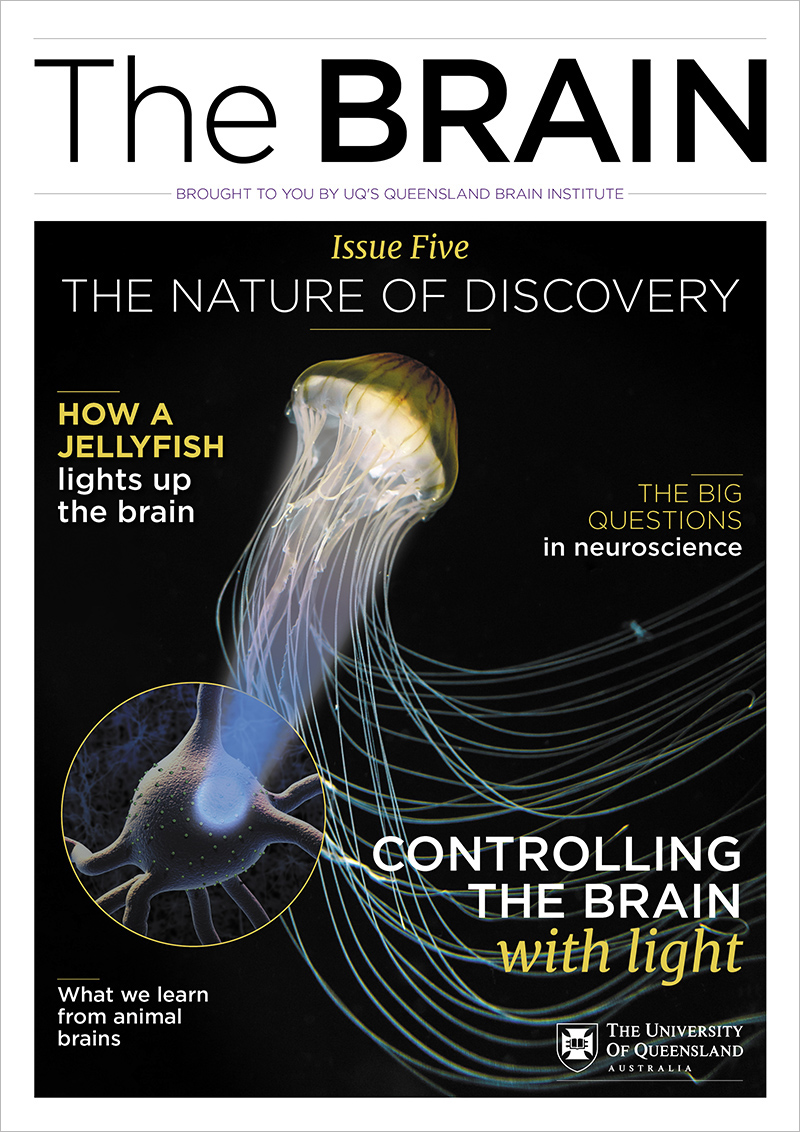Humans are mostly right-handed, and primates, cats, dogs and even budgies show handedness, but now for the first time, researchers have shown that bees have a preference for sides too.
QBI scientists have found that honeybees can have individual biases toward flying left or right through obstacles, and the discovery could lead to strategies for steering drone aircraft fleets.
Professor Mandyam (Srini) Srinivasan said the study showed that honeybees displayed ‘handedness’ or ‘lateralisation’, which varied from individual to individual.
“Unlike humans, who are mostly right-handed, some bees display a strong left bias, others a strong right bias, and yet others a weak or zero bias,” Professor Srinivasan said.
Flight preferences of bees
Professor Srinivasan and his team studied the flying decisions made by foraging honeybees when they encountered a barrier that had two possible gaps to fly through.
In the first instance, bees had the choice of flying through a narrow or wide gap in a barrier across a 120cm-long tunnel that had a sucrose treat to lure them to the end. Overwhelmingly, the bees chose the wider gap – 80% of the time when the bigger gap was twice as wide as the narrow one.
This suggests that bees are able to differentiate between the size of gaps and choose a flight path that’s presumably safer and quicker to fly through.
When the gaps were made equal, the bees’ biases for left or right became clear.
After tracking individual bees, the researchers found that while about 55 per cent of the bees displayed no side bias in their choices, half the remaining 45 per cent preferred the left gap and half preferred the right.
Bees can be lefties or righties
The researchers confirmed the existence of individual biases by measuring the flight times of biased bees, noting a bee took longer to make a decision if its intrinsic bias was toward the side with the narrower opening. Presumably, these bees were deciding between the easier-but-wide option, or the narrow-but-preferred side.
“We believe these individual biases help to improve the flight efficiency of a swarm of bees through densely cluttered environments,” Professor Srinivasan said.
“Flying insects constantly face the challenge of choosing efficient, safe and collision-free routes while navigating through dense foliage.
“This finding could potentially be used as strategy for steering a fleet of drone aircraft,” he said.
The research is published in PLOS One.
Professor Srinivasan’s laboratory previously discovered that birds don’t crash in flight because they always veer right, research that has potential implications for aircraft automated anti-crash systems. That research was also published in PLOS One.
How bees land safely
In another recent study in Scientific Reports, Professor Srinivasan and his team found that brain cells in bees carry information about the speed of images to flight control centres in the body. These cells have all the necessary qualities to control bee landing strategies: they signal the direction in which objects around the bee move, they are fine-tuned to detect changes in speed, and their electrical activity is adequate to monitor the bee’s flight speed.




